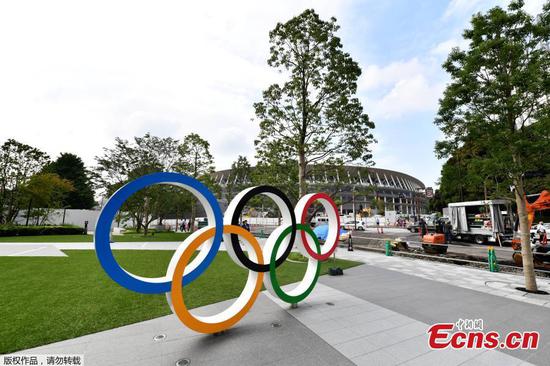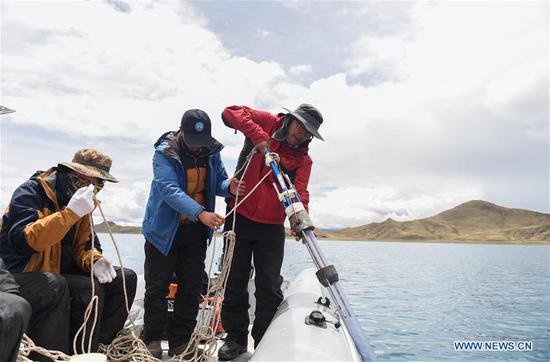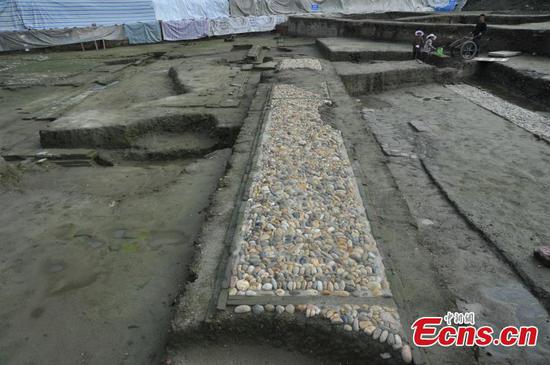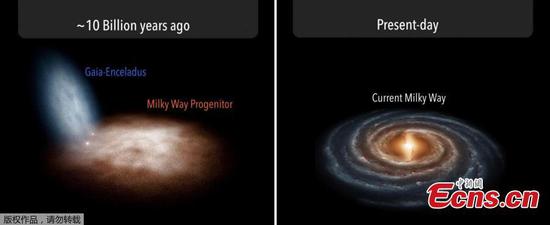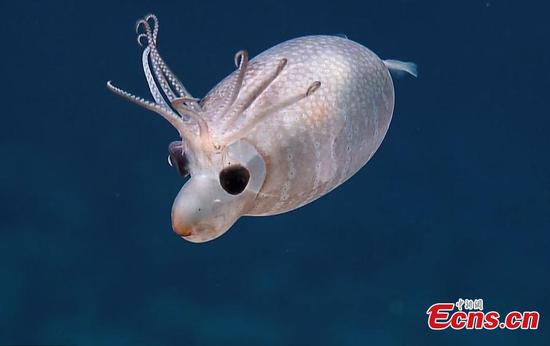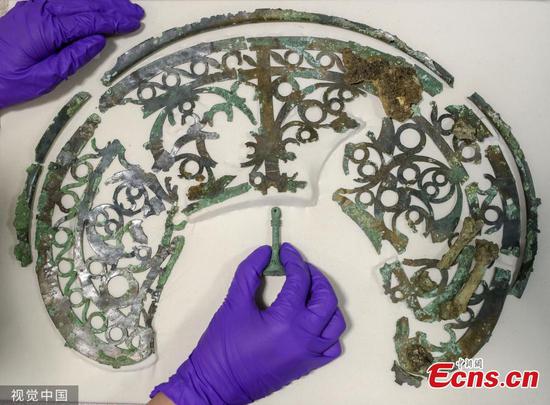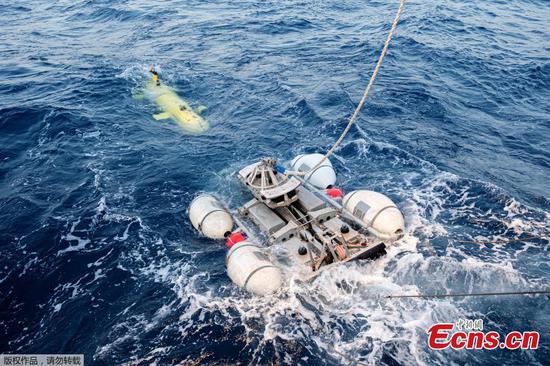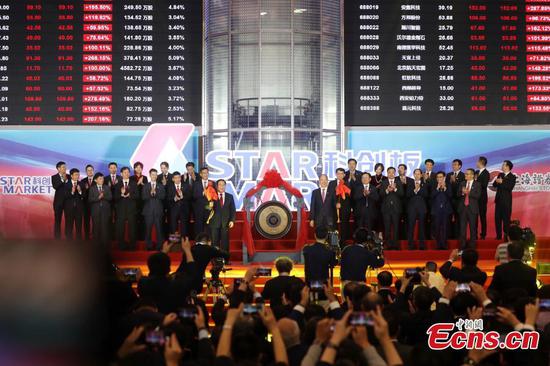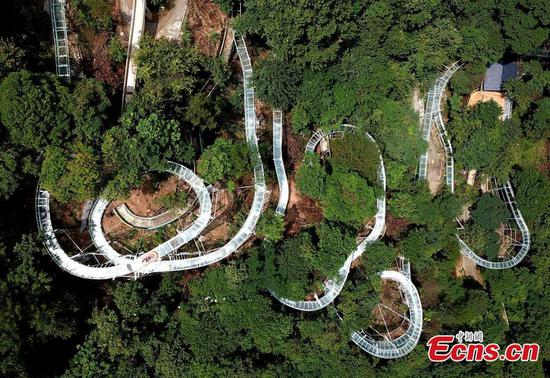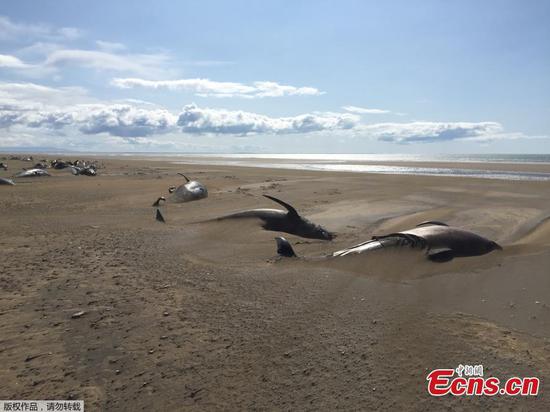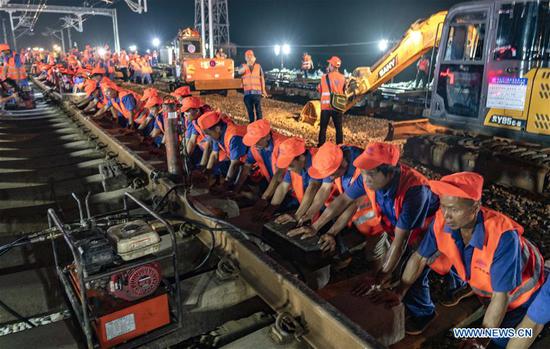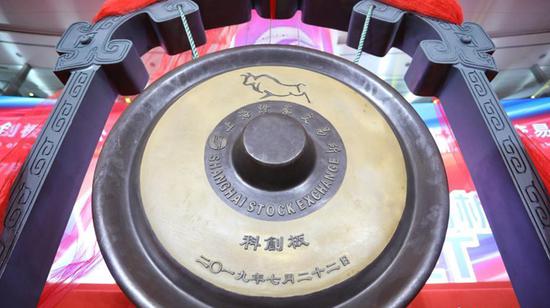
A visitor looks at SPIC information boards in the company's booth during a high-tech exhibition in Shanghai. (Photo provided to China Daily)
China's State Power Investment Corp has seen its installed capacity of clean energy reach 49.9 percent as of May, from 38.47 percent in 2014, and vowed to further boost the percentage of installed capacity in wind, hydropower, solar and nuclear power in the years to come.
It believes the clean energy installed capacity of the company would go up to 54 percent by next year, 60 percent in 2025 and 75 percent by 2035, the company said in its 2018 corporate social responsibility report released in Beijing on Friday, July 19.
The company invested 58.6 billion yuan ($8.52 billion) last year in clean energy, a figure accounting for 68 percent of the company's total investment.
With clean energy currently accounting for 82 percent of newly added installed capacity last year and clean energy assets accounting for 51.85 percent of the company's total size of assets, the company is among the country's five largest State-owned electricity producers.
"I do not think that there should be any issues with the five nationwide power groups meeting their non-fossil fuel generation targets, and for SPIC, the task will be slightly easier given the group's investment in nuclear energy," said Joseph Jacobelli, an energy analyst and Asia-Pacific CEO of clean energy producer Joule Power.
Shi Jialin, board director of SPIC, said the firm's footprint abroad covered 45 countries and regions with total overseas installed capacity reaching 5 million kilowatts. More than 60 percent are in clean energy installed capacity, he added.
Installed capacity of nuclear power for SPIC has exceeded 6.97 million kilowatts, with unit one and unit two of the Haiyang nuclear stations in Yantai, eastern China's Shandong province, having generated more than 14 billion kilowatt hours, substantially helping improve both the local energy mix and the environment.
The Haiyang nuclear station, with a total investment of 80 billion yuan ($11.7 billion), is designed to have six reactor units. Its first stage includes two AP1000 reactor units with a power capacity of 1.25 GW each, with the No 1 unit being put into commercial operation in late October.
The first phase can generate 20 billion kWh of electricity annually, meeting the electricity demand of one-third of Shandong's households.
SPIC is also currently constructing three gigawatt-level offshore wind power bases in Yancheng and Nantong, both in Jiangsu province, and in Jieyang, Guangdong province. It also sees the most photovoltaic installed capacity worldwide of more than 16.45 million kilowatts, it said.
As clean energy has garnered momentum in the country's energy transition, SPIC has rapidly risen among the country' top five State-owned electricity producers in recent years with its net profit ranking in the top two for three consecutive years among the five industry players.
China's massive progress toward using more clean energy has been accelerating over the past few years, and this trend should continue in the short to medium term with renewed impetus over the coming decades, Jacobelli said.









